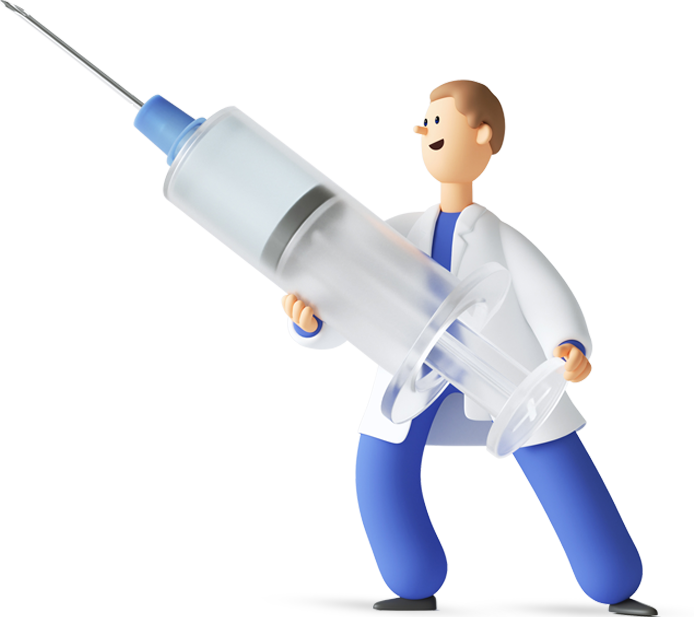HbA1c, or hemoglobin A1c, is a blood test used to measure the average blood sugar level over the past 2-3 months.
It is commonly used to assess long-term glycemic control in individuals with diabetes.
The test provides valuable information about how well blood sugar levels have been managed over time, offering insights into the effectiveness of diabetes management and the risk of complications.
Here’s an overview of HbA1c:
Purpose:
- Long-Term Glucose Monitoring: HbA1c reflects the average blood glucose concentration over the lifespan of red blood cells (approximately 2-3 months).
- Diabetes Management: It helps healthcare providers evaluate the effectiveness of treatment plans and adjust medications if needed.
How It Works:
- Glucose in the bloodstream can bind to hemoglobin, the oxygen-carrying protein in red blood cells.
- HbA1c measures the percentage of hemoglobin that has glucose attached to it (glycated hemoglobin).
- The higher the blood sugar levels over time, the higher the percentage of glycated hemoglobin.
Interpretation:
- Normal Range: Typically, HbA1c levels below 5.7% are considered normal.
- Prediabetes: HbA1c levels between 5.7% and 6.4% may indicate prediabetes.
- Diabetes: HbA1c levels of 6.5% or higher are indicative of diabetes.
Frequency of Testing:
- Individuals with diabetes or those at risk of diabetes may have HbA1c tested regularly, usually every 3-6 months, to monitor long-term blood sugar control.
Benefits:
- Long-Term Perspective: Provides an average blood sugar level over several weeks, offering a more comprehensive view than daily glucose monitoring.
- Treatment Adjustment: Helps healthcare providers adjust diabetes management plans, medications, and lifestyle recommendations.
- Risk Assessment: Higher HbA1c levels are associated with an increased risk of diabetes-related complications, such as cardiovascular disease, kidney disease, and nerve damage.
It’s important to note that while HbA1c is a valuable tool for monitoring long-term glycemic control, it doesn’t replace regular blood glucose monitoring, which provides real-time information. Healthcare providers use a combination of HbA1c, self-monitoring of blood glucose, and other clinical assessments to tailor diabetes management plans for individual patients.
If you have diabetes or are at risk of diabetes, it’s crucial to work closely with your healthcare team to monitor and manage your blood sugar levels effectively. Regular check-ups and discussions about your HbA1c results can help optimize your diabetes care.




